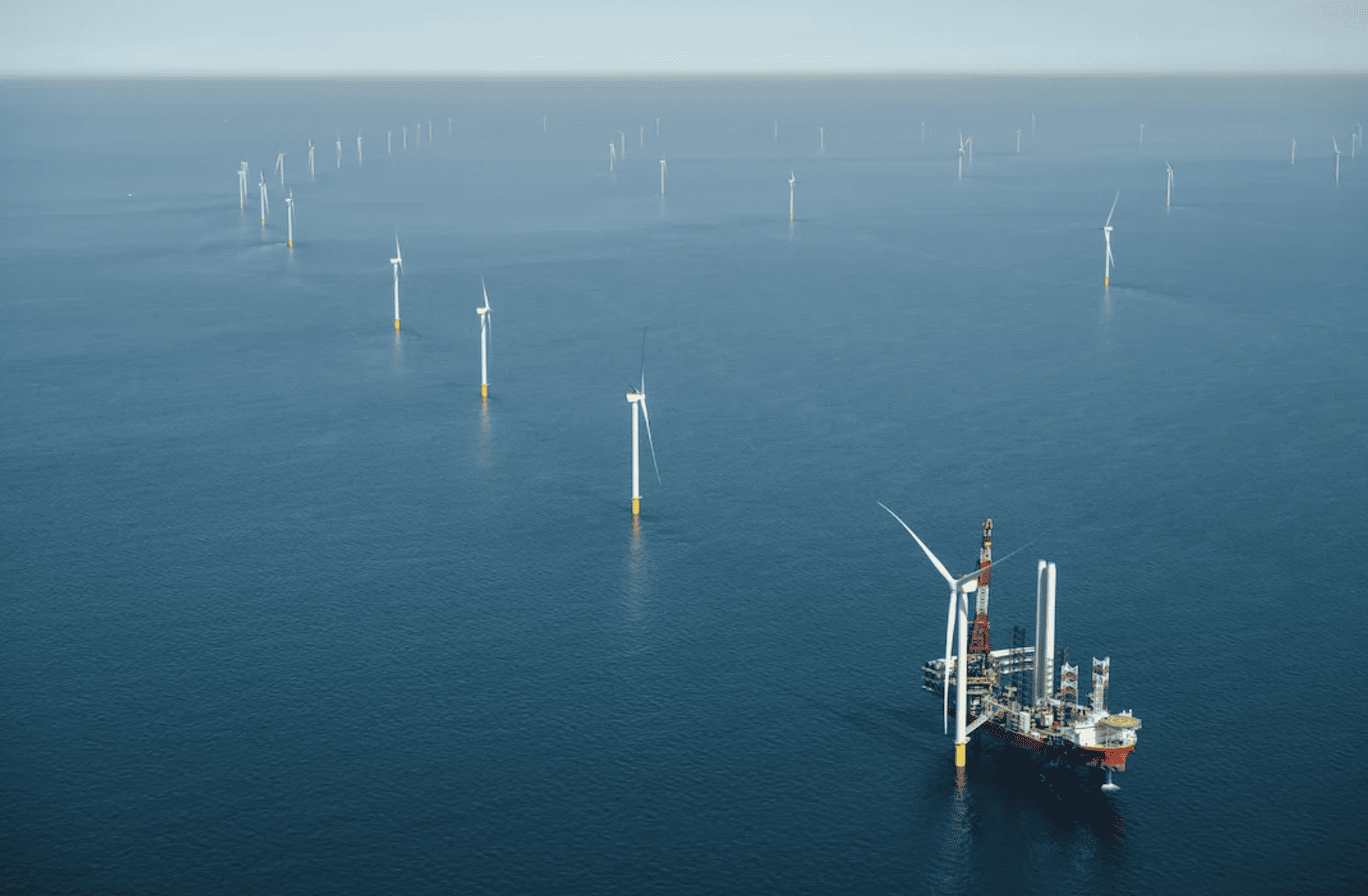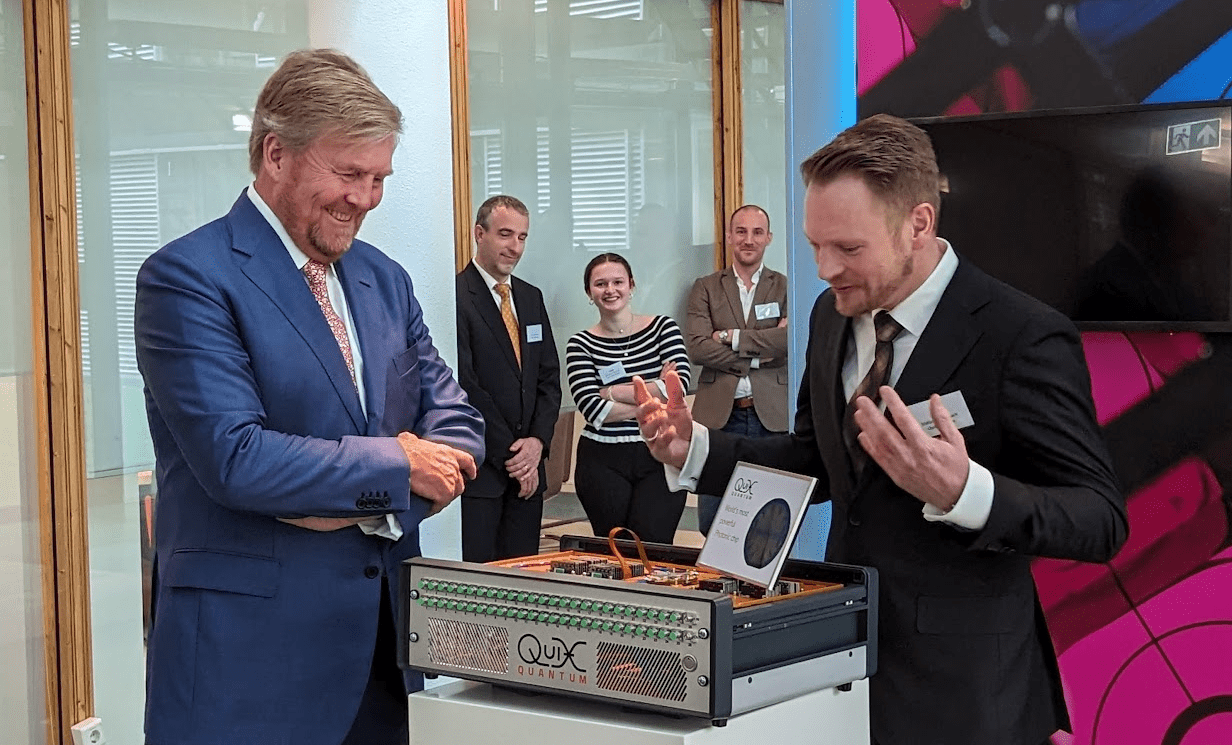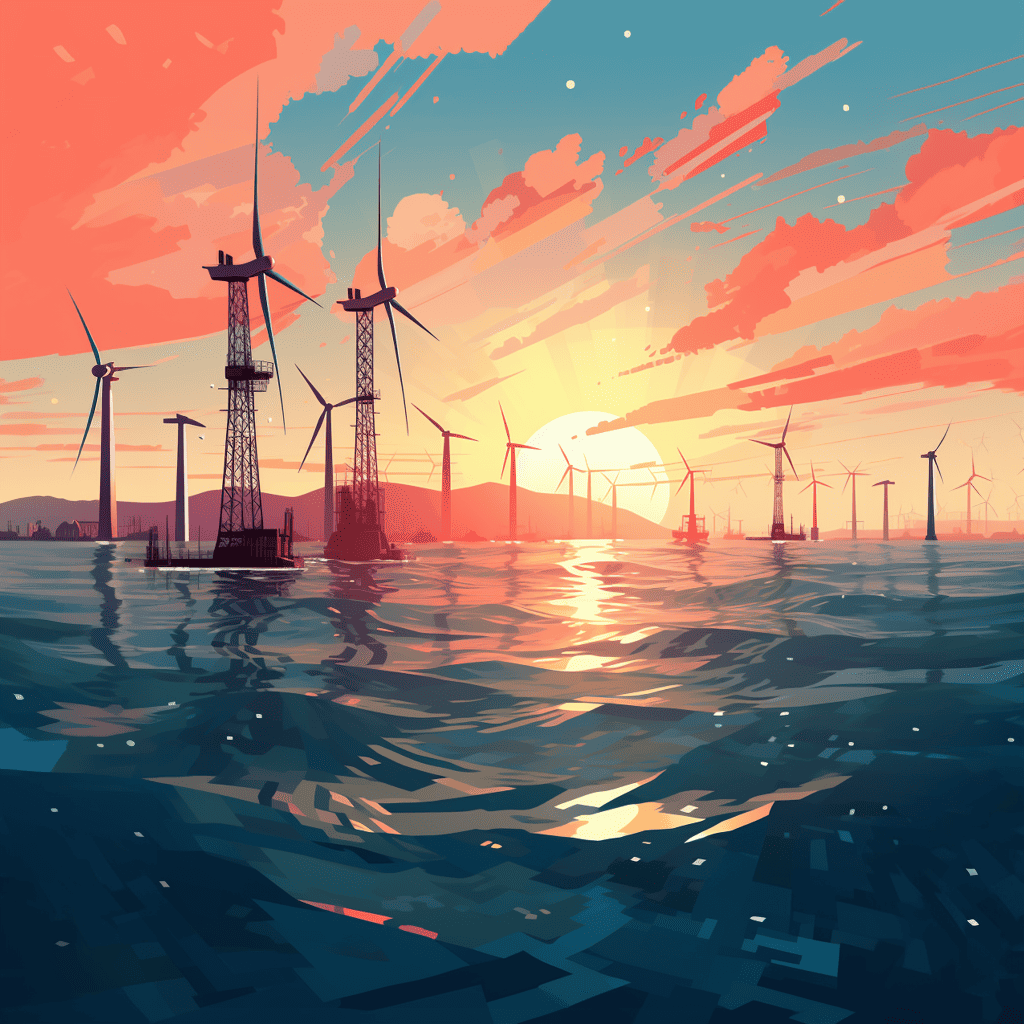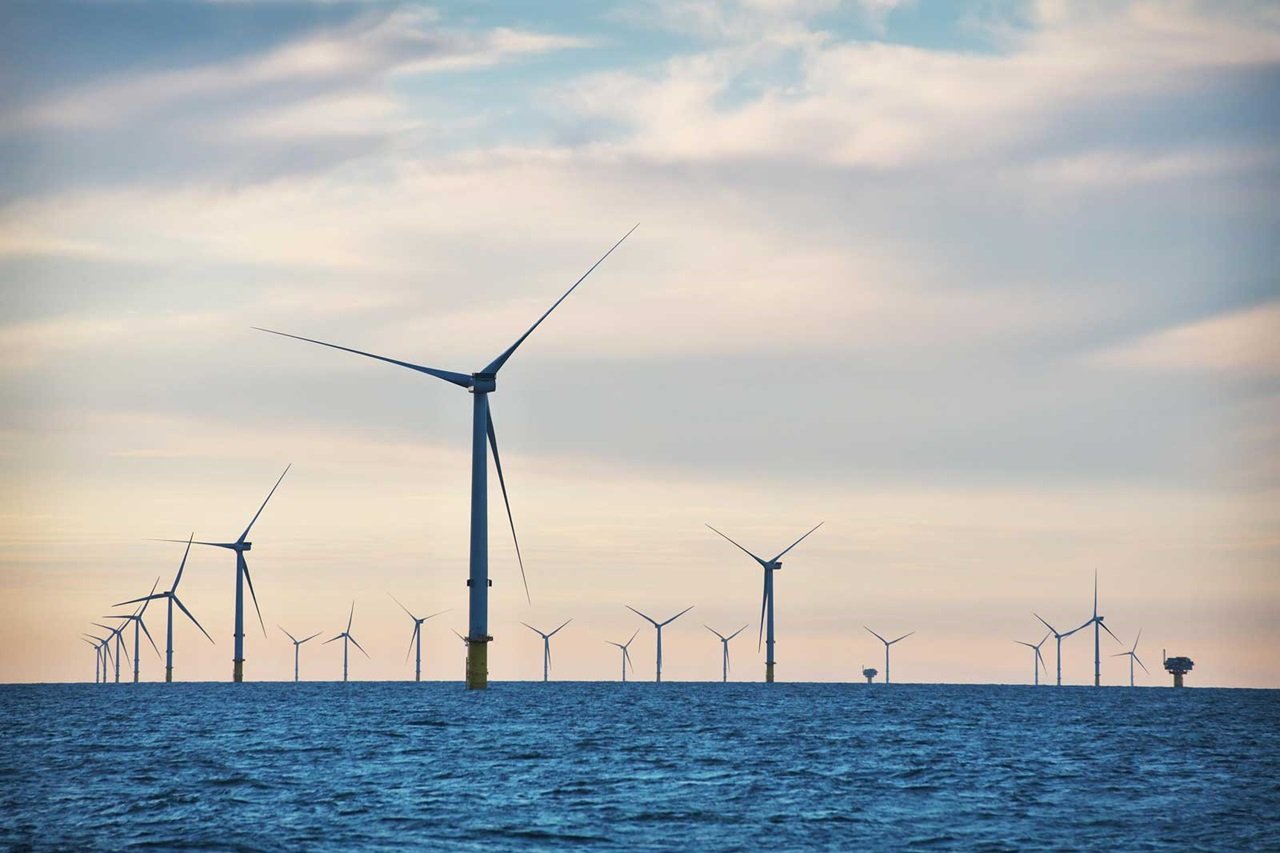
King Willem-Alexander officially inaugurated Hollandse Kust Zuid wind farm on Friday. It is Vattenfall’s largest offshore wind farm to date. The expected production from Hollandse Kust Zuid corresponds to the power consumption of 1.5 million households.
Hollandse Kust Zuid is located in the North Sea, some 18 to 36 kilometers off the Dutch coast between Scheveningen and Zandvoort. The 139 turbines have a total capacity of 1.5 GW. Hollandse Kust Zuid is among the largest offshore wind farms in the world. The farm is owned by Vattenfall, BASF, and Allianz and is expected to be fully operational in 2024. It will be maintained from the port of IJmuiden.
Helene Biström, Senior Vice President Wind, says Vattenfall wants to be a leader in the energy transition, with offshore wind as an essential part of energy security and achieving net zero. “Realizing a project of this magnitude makes me really proud, and today is a great example of what we can achieve by working together with the industry. Hollandse Kust Zuid will contribute not only to reducing the carbon footprint but also to the demand of local businesses and households for fossil-free electricity.”

Martin Brudermüller, chairman of the Board of Management BASF SE, also emphasizes the importance of Hollandse Kust Zuid in the transition to net zero. “About half of the electricity from Hollandse Kust Zuid will be used to reduce the carbon footprint of our products at BASF sites in Europe. With this ambitious project, we continue to pioneer the industry and secure green energy through direct investment.”
Allianz CEO Oliver Bäte said his company invests money from its policyholders in renewable energy through 100 wind and solar farms. “I am delighted that today, together with BASF and Vattenfall, we are opening our first direct investment in an offshore wind farm. This highlights the ability of partnerships to accelerate action and bring climate solutions to life.”
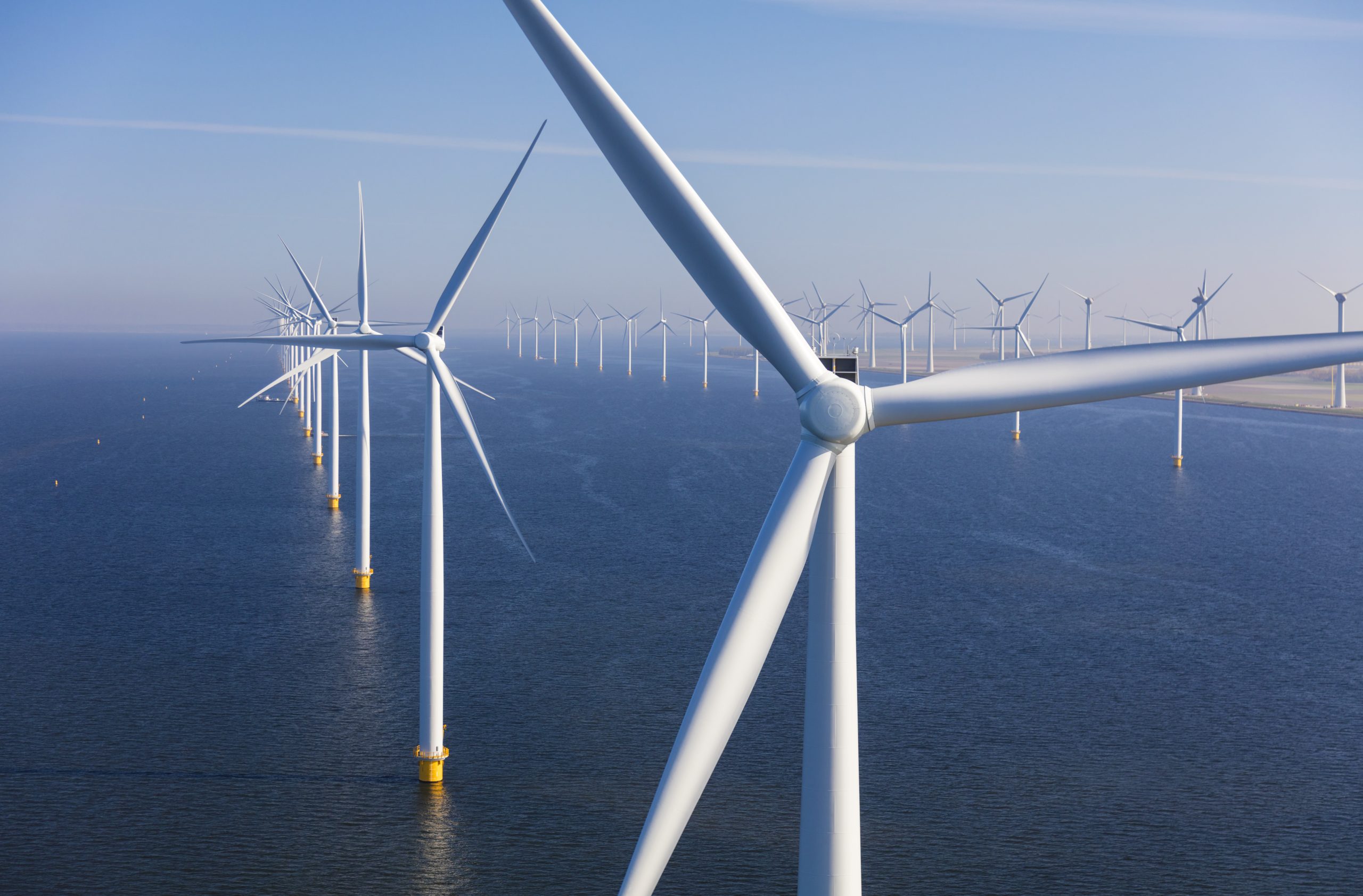
Biodiversity
Several innovative techniques were used in the construction of Hollandse Kust. For example, a double bubble screen was used during pile driving to dampen underwater noise and reduce the impact for porpoises. Extra-large water supply holes in the foundations provide shelter for marine life in the turbines, which is the first time the turbine has been used for the nature-inclusive wind farm design. Artificial rock reefs were added at several locations to make the area more attractive to a greater number of fish, crabs, and crustaceans.
Recyclable turbine blades
Three turbines are equipped with recently developed recyclable turbine blades. The resin used to “glue” blades together will be easier to dissolve when the turbines are broken down at the end of their life. This will make it easier to take the blades apart and reuse the various elements.
Hollandse Kust Zuid is a crucial project for the Dutch government’s ambitious goals to combat climate change and provide the Netherlands with sustainable energy for the next generation. In 2018, Hollandse Kust Zuid was announced as the world’s first subsidy-free wind farm. The wind farm is expected to be fully operational by 2024 and will be maintained from the port of IJmuiden.
The numbers behind the wind farm
- Each turbine has a capacity of 11 MW
- Tip height: 225 meters above sea level
- Rotor diameter: 200 meters
- Each turbine blade is 97 meters long
- Weight of foundation: 735 to 955 tons
- Length of foundation: 62 to 75 meters
- Diameter of foundation: 7 to 8 meters
- Seabed at a depth of 17 to 28 meters
- 315 km of 66kV inter-array grid cables
- The surface area of HKZ: 225 km2


